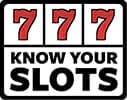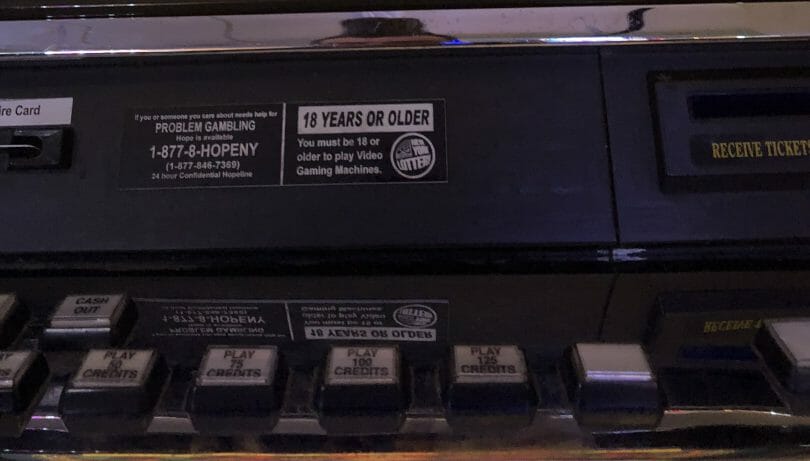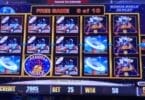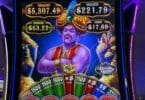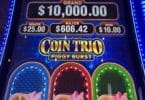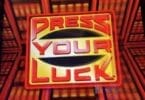When you step into a casino, and see a machine with mechanical or video reels with themes you recognize from slots, are you 100% sure you’re playing a true, Vegas-style slot machine? It’s increasingly hard to tell when they are and when they’re other types of games with the same visual format but under the hood they’re operating differently. To know that, you have to understand where you are, what’s legal, and look for clues.
As we continue to flesh out topics here on the blog, we’ll do a deep dive into each machine type in turn, but today we’ll cover the basics.
Vegas-Style (Class III) Slot Machine
The standard slot machine, generally known as Vegas-style or Class III slot machines, are independent machines that manage the games inside themselves. A random-number generator (RNG) constantly cycles through numbers and at the exact moment a person hits the spin button, the active number is selected, the game looks up the outcome and renders it on the slot machine.
The outcome of the game is therefore determined in a self-contained slot machine. As you’ll see by the other types we describe, this is what makes a Vegas-style slot machine what it is.
As far as the Class III designator, that comes from rules set up for Native American casinos and what they’re allowed to have. Class III slots aren’t always allowed, and when they are, there may be restrictions or limitations on how many, payback percentage requirements, etc.
Bingo-Based (Class II) Machines
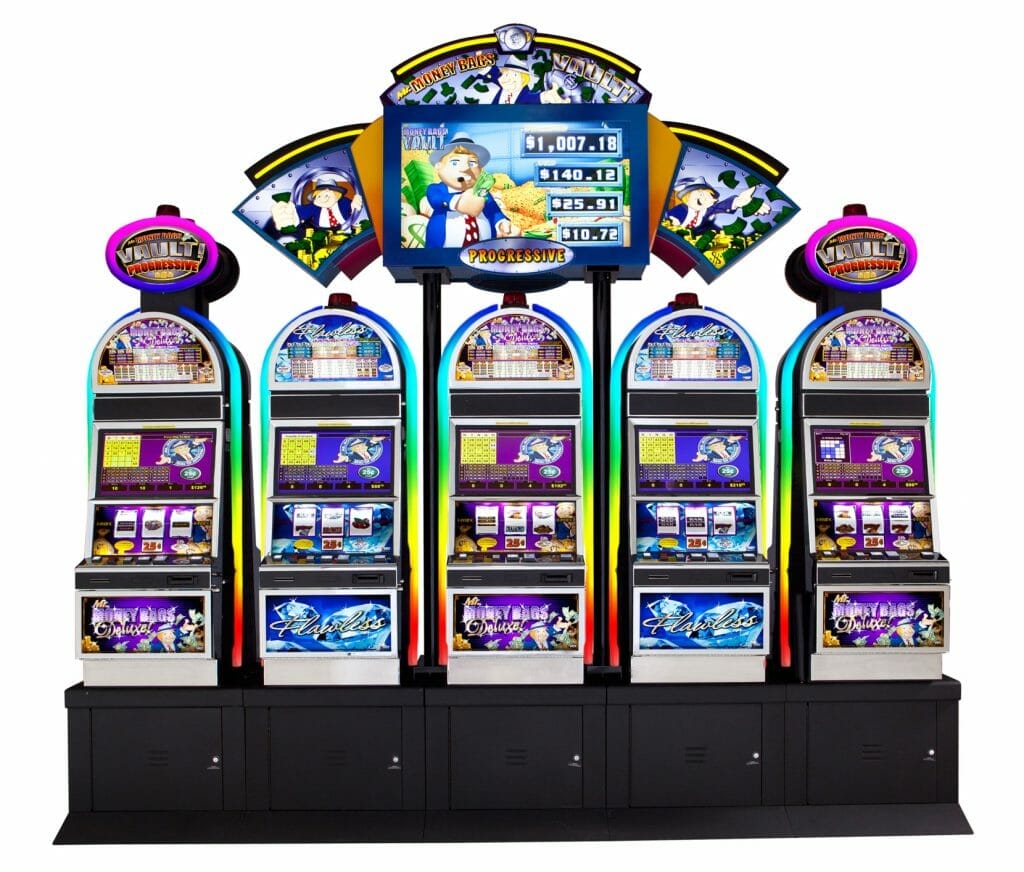
Class II machines work around the rules of slot machines by using Bingo as their basis for existing. There are looser and more open regulations about Bingo as a game of chance, and as such companies like VGT (now owned by Aristocrat) have for some time been evolving and developing games that effectively use a slot machine construct as an illustration for the outcome of the game, but in the end the machine is just an electronic game of bingo.
You are playing with other people on the same bingo game, and winners and losers are declared within that game. You’ll have a bingo card that is displayed on your screen, and when you hit the spin button you’ve bought into the game that’s active at that time, and presuming enough people are bought in (some systems only require a minimum of 2 players), it will play out the game nearly instantly and then reveal the results on the slot reels.
In some cases you’ll see Class II and Class III machines on the same property, generally to get around Class III machine caps by offering nearly identical-looking Class II options. There are many Class II games that are the same brands and machine types as Class III, just with the Bingo hook.
Video Lottery Terminals (VLTs)
VLTs are another variant that’s driven mostly by markets where lotteries run the games. They, too, generally look like slot machines but the way they operate can vary.
Some can actually operate effectively like a Class III machine, where an RNG is running inside the machine. Others can operate like virtual scratch-off tickets, where each bet phones out to a centralized server and grabs one of a set of fixed outcomes. In these situations there’s a set number of winners and losers in the stack, just like a scratch-off game, which is how the payback percentage is achieved.
One interesting side effect of this is the way it can impact payback. In New York, for instance, at least 90 percent of the money bet must be paid out on these games. But since they have penny games like slots, that means that payouts on those machines may sometimes be higher than their Vegas-style counterparts; states that have reporting for those games usually see penny machines fall under 90% payback.
Like the Bingo options, in look and feel you’ll see the same themes and such, it’s just how the outcomes are determined are again different. The game phones out, and the reels are an animated outcome (“for entertainment purposes only,” as you may see on the machine).
Most VLTs are seen in racinos, but can be found in other scenarios, depending on the rules of the state and where gaming machines are allowed. One side effect of VLTs run by state lotteries is that the 18-year-old minimum that applies to scratch offs sometimes apply to casinos as well. New York VLT casinos are among them.
Historic Horse Racing Machines
Also known as Instant Racing, Historic Horse Racing games are designed to allow markets where horse racing already operates to have an option that fits within their legal bounds, similar to how Class II machines fit into Bingo laws.
In this instance, historical horse races are replayed, and wagers are placed via the machines on an outcome. The results are animated like slot games once more, but this is as with the other non-Vegas-style machines just an entertaining way to animate the outcome.
These are generally seen at racetrack casinos, for obvious reasons.
Is There a True Difference?
When not relying on an RNG, the games still have payback percentages, but use other ways to manage those outcomes. Bingo prizes, horse racing payouts and scratch-off ticket models all have their own ways of having a house edge, so presuming a similar house edge there shouldn’t be a major difference over time. But the reality is that the paybacks may be setup differently so a machine could theoretically “feel” different.
In my own personal experiences, I’ve seen some random quirks with other types of machines. I haven’t played much Bingo/Class II but I lived near a VLT casino for a time and I’d notice things like identical reel setups appearing a bit more often (perhaps because the machines, which were older, had less animation options for losing spins worked out, similar to how if you buy enough pull tabs you begin to see repeats). But I have had more winning trips at the VLT casino and less volatility; this may relate to the note about the payback percentages, as this was a New York Lottery-driven racino which have a minimum mandated payout of 90 percent – higher than most penny slots are set to pay.
In the end though, all have their various ways of providing a casino experience, and have the same house edges, comp systems and other things you’d find at any casino. So the tips on this site to maximize your advantage still apply.
Do you have a preference as to type of machine? Are you familiar with any other types of gaming machine? Share in the comments below!
